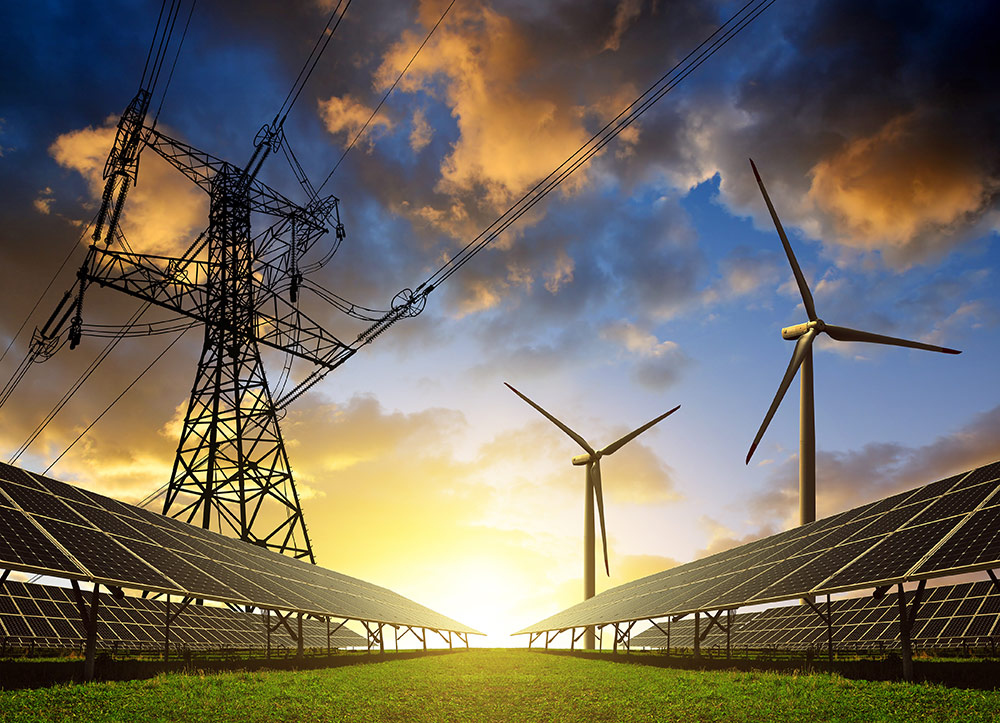A review by Siemens finds that wireless communications are well suited for the often remote locations of oil and gas industry production facilities, both on- and offshore. Previously, satellites provided producers with communications sufficient for transmitting telemetry data, but that method often fell short in system automation controls, which are increasingly required today.
Siemens’ analysis finds that three current terrestrial wireless technologies – WiMAX, WiFi/WLAN and 3G cellular – can meet those requirements with high levels of security while also offering much greater operating visibility, control, efficiency and profitability.
Our Perspective:
Advanced wireless technologies alone will not be sufficient to provide the level of cybersecurity protection oil and gas operators need throughout their production systems. To the extent that much of the industry still relies on older-tech industrial controls in offshore systems, the improved security of advanced wireless systems can be undermined.
Oil and gas producers are advised to do the following:
- Conduct complete, top-to-bottom security audits regularly to identify gaps and points where even recent technology can be compromised by intruders.
- Implement real-time monitoring and logging of both wireless and industrial controls systems for immediate identification of and response to threats and vulnerabilities.
- Integrate wireless technologies into production facilities and systems only after conducting comprehensive threat analysis and vulnerability testing as the foundation for the facility’s security plan.
- Limit access to any network solely to those with a real need to use it, and implement an identity management system that is consistent with the risk of the data being communicated.






